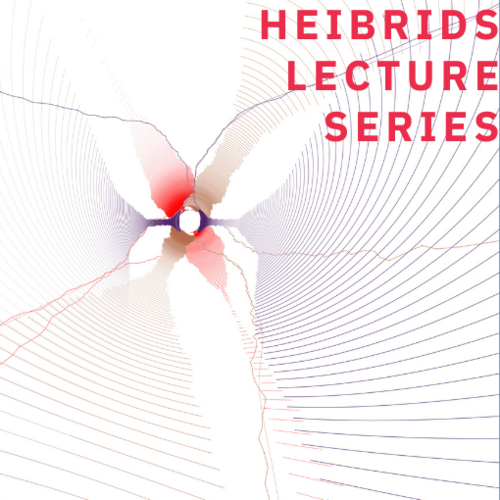Seismology for Earth Imaging in the age of large distributed datasets
Speaker: Frederik Tilmann, GFZ Potsdam
Since the first recording of a far-distant earthquake in 1889 seismologists have perceived earthquakes not only as a destructive threat, but as an opportunity to study the dynamics of the Earth engine. No only do they map the distribution and properties of seismic energy release, but also they reconstruct models of the Earth’s interior from an analysis of wave propagation. These efforts ultimately will lead to a deeper understanding of the seismic hazard. More recently, by processing huge amounts of data, seismologists have learnt to extract information not only from distinct earthquake events but from the ever-present vibrations of the Earth, the ambient seismic noise. Since the beginning, successful seismological research has been dependent on pooling data from different sources. In this presentation, I will describe the challenges arising from enabling the effective sharing of data in an era of rapidly growing quantity of data and highlight opportunities for data science approaches. A second focus of the talk is an introduction to the transdimensional inversion techniques used for quantifying the uncertainty of reconstructions of the Earth’s interior, which are designed for moderately or highly non-linear problems with unfavorably distributed data samples and an unknown complexity of the target model.



